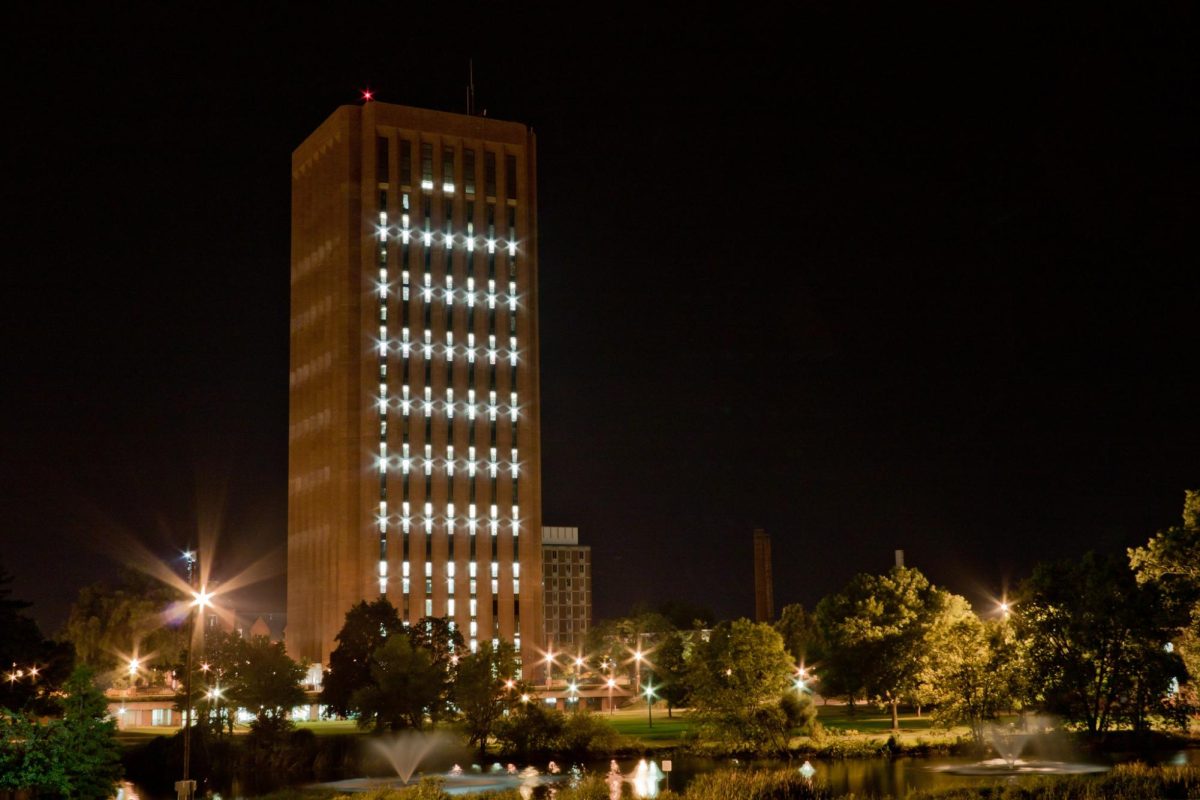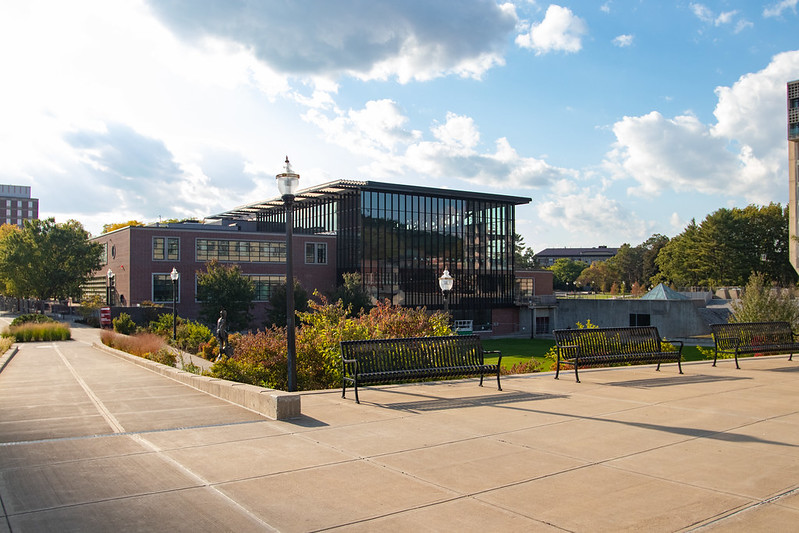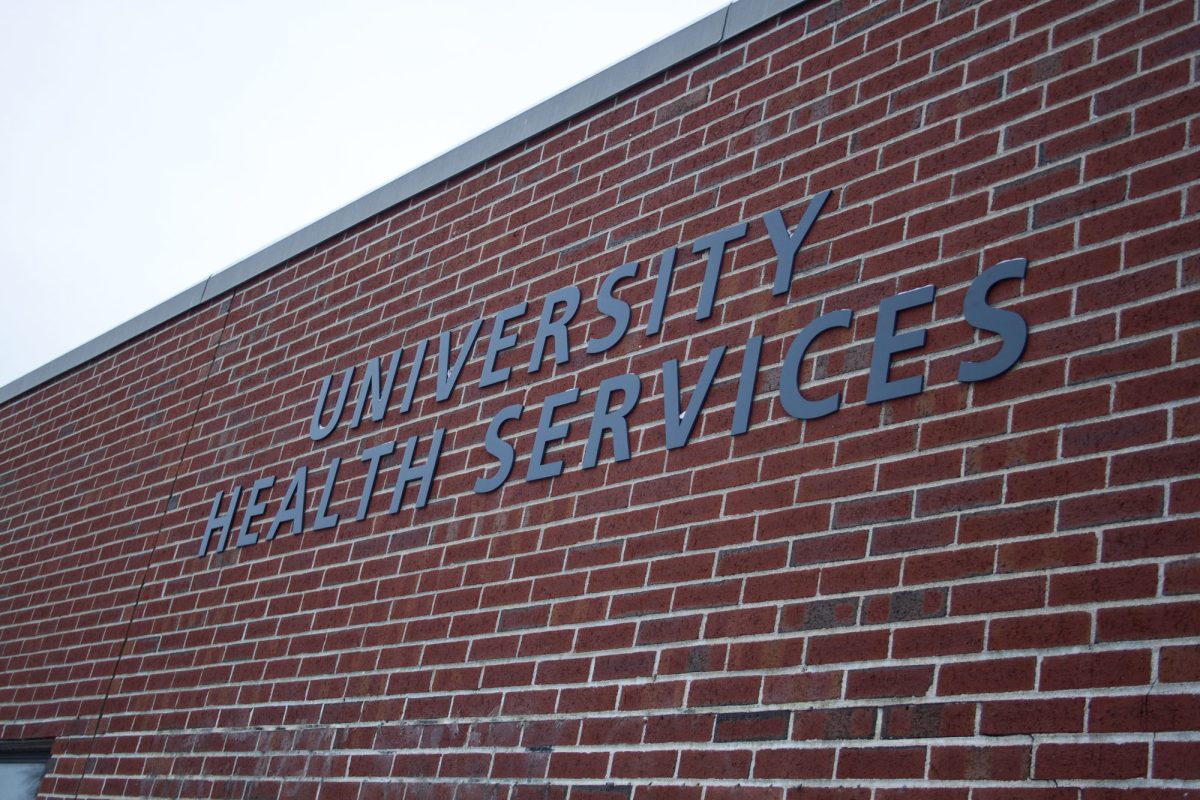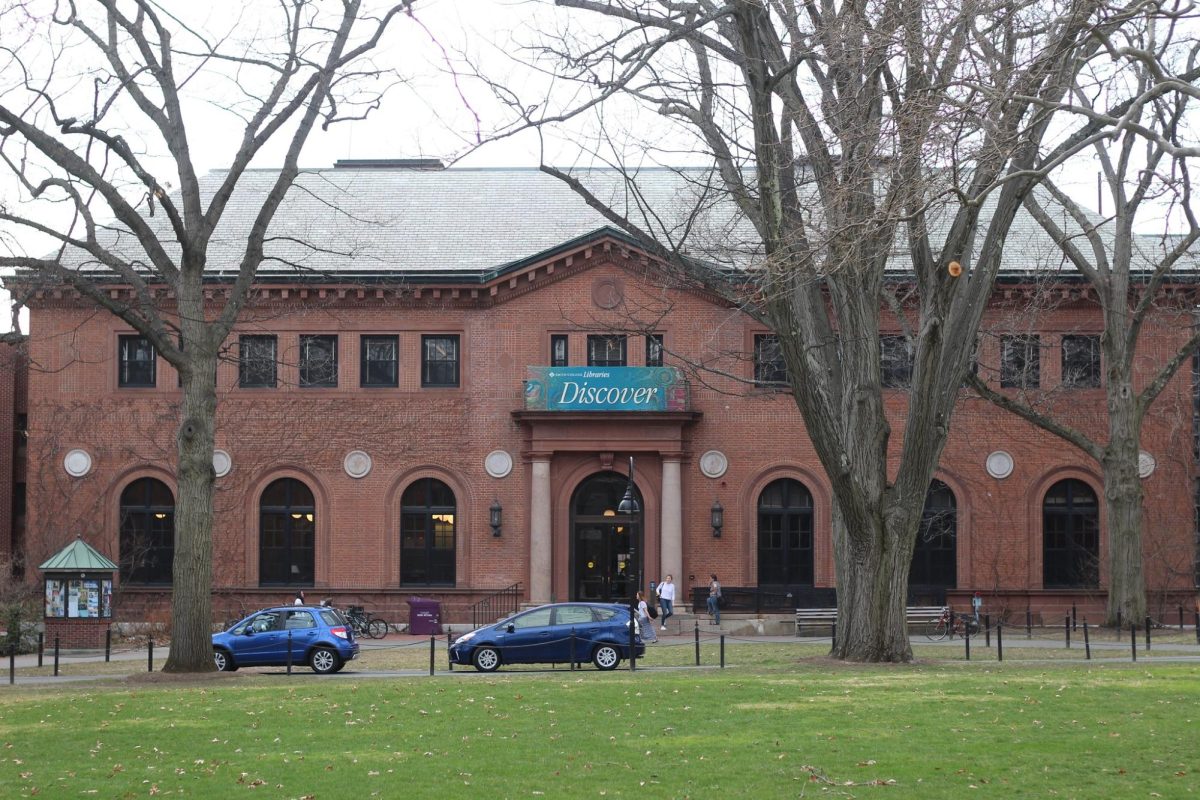The Norwottuck Rail Trail, an 11-mile stretch that winds through Belchertown, Amherst, Hadley and Northampton, Massachusetts, presents its users with preserved land, the Connecticut River, a view of the mountains and fresh New England air, but all this doesn’t come with a simple peddle or strut down the shaded path. Walkers, runners and bicyclists have encountered a swamp of problems with this commuter and recreational trail, as well as those attempting to rejuvenate the aging trail.
The week of May 17 to May 21 is Bay State Bike Week, and in light of the trail’s fragile state, a design submission will be reviewed by the Massachusetts Environmental Policy Act (MEPA) regarding plans for a large-scale reconstruction.
The trail opened in 1993 and is operated by the Department of Conservation and Recreation in Northampton. What was regarded as environmentally conscious at the time turned into one of the biggest problems for the DCR – the trail is too narrow by state regulations, and its asphalt is fused and composed with recycled glass pieces. Impending reconstruction plans have been slowed because various committees on the state and local levels have run into conflicts of design interest.
In particular, the committees are discussing the plans to widen the trail and the environment that the trail would cut through. The first step towards action is a MEPA review in the upcoming weeks of May, which will examine a 25-percent plan design. With nearly 75 percent of planning still needed to be completed, it will be a while before the Norwottuck Rail Trail is restored.
A need for an updated trail was recognized in 2000 when the pieces of melted glass fused with asphalt became loose. The Norwottuck Rail Trail Advisory Committee, which meets about once a month, and the Department of Conservation and Recreation in Northampton, which owns and operates the trail, took preliminary measures to up-keep the trail and begin planning renovations. The committee, which has two representatives from each town the trail cuts through, pressured Congressman John W. Olver to take action. As a result, he secured a $4 million earmark for the trail’s reconstruction, which is designed by Stantec Consulting Inc. in Boston.
Rob Kusner, the chairman of the Norwottuck Rail Trail Advisory Committee and a mathematics professor at the University of Massachusetts, addressed that a main concern for DCR maintenance of the trail is that tree roots are intruding upon the trail surface. Black locust trees provide the beauty and shade to the path but also an uncontainable growth of roots, which proves not welcoming for the recreation and transportation users of the trail, he said. The DCR implemented root barriers as a solution in 2006, but about one and a half years later, the pavement continued to buckle.
The standstill between the debating committees has existed since early 2009 because of environmental concerns. Andrew Morris-Friedman, a Hadley Norwottuck Rail Trail Advisory Committee board member said, “It’s too bad we can’t come together on this.”
One of the leading voices in the trail update is Alexandra Dawson, chairwoman of the Hadley Conservation Commission. She is against widening the trail, due to a threat of losing trees and compromising shade for the users of the trail.
Morris-Friedman agrees that preserving the very nature of the trail is importance to its function.
“In August, this is the hottest place in the U.S., so it is important [that] there be trees,” he said.
The Massachusetts Highway Department is now regulating that trails be built 12 to 14-feet wide. Of concern is environmental degradation, as a great portion of the trail cuts through protected swamp land and widening the trail would require trees to be removed.
“The trail is already built on wetlands, and it already has more impact now,” said Kusner. “Environmental impact on wetland is the biggest concern … the process is going to take longer than expected.”
“I am not okay with the speed of project,” said Morris-Friedman. He hopes to see a trail that can be sustained for decades unlike the 1993 construction of the trail.
“We’d like to see our trails last 25 years,” said Doug Clark of the Northampton DCR.
“I think that one of the problems is that the trail started off as 70-percent recreation and 30-percent transportation. That needs to be considered,” said Morris-Friedman of the plans drafted by Stantec and the DCR’s vision for the trail. “People would like to see a wide trail [as] it’s one of the narrowest trails,” Friedman added.
But it is not just advisory members and legislatures that are being impacted with concerns about the trail.
Karen Foster is an avid user of the Norwottuck Rail Trail – even though in the past year she has had to change her bicycle tires five times. After the fifth time, Foster bought puncture-proof tires. Her bike tires fell victim to the thousands of sharp pieces of recycled glass.
Foster isn’t just a local bike rider; she is the executive director of All Out Adventures, an organization that works closely with the DCR in Northampton to provide trail access to the disabled. Her bike problems reflect those of students, locals and visitors who use the trail.
Carol Demetre, an employee of Valley Bike and Ski Werks on Route 9 in Hadley, sees the issues trail users face on a daily basis. The shop, located just off the trail, has gained great tire and tube business because of trail glass.
“We’ll pull out a dozen pieces of glass chards,” she said.
“It lasted about seven years before things got bad in 2000,” said Kusner. But other trails built around the same time are doing fine, he explained. Kusner said the DCR was monitoring “each and every crack” in the trail’s asphalt and monitored the trees uprooting the ground.
A New Path, A New Road
Those involved with the project, including Stantec Consulting Inc., currently cannot set a date for completion. There are estimates, however, that work could begin in a year.
“The advisory committee took the lead in ensuring something was done,” said Kusner.
“They pushed it to the forefront [on] Congressman Olver’s agenda – his staff was active in concern of the advisory committee.”
The trail was allocated $100,000 for small fixes, such as minor potholes. In some places where beavers undermined the trail and roots had cracked the pavement, there were huge improvements. The DCR cut sections out and paved over damaged areas with the funds throughout the summer of 2009.
“Spot repairs were extremely successful, and use of the trail has doubled since the repairs,” said Kusner. “There is hope that more spot repairs will be done this summer. It will be two more years until construction.”
The Norwottuck Rail Trail is accessible from various points along the 11-mile path and in Northampton near the Coolidge Bridge. The bike-connect way, beginning in the Southwest Residential Area at UMass, also provides a connection to the trail.
Morris-Friedman said he expects the trail to be closed in segments during renovation, rather than the entire trail being closed off – noting it is a major mode of transportation for locals and students. After the reconstruction, Morris-Freidman expects the trail’s popularity to “double again.”
Elizabeth Murphy, press secretary and legislative assistant to Olver, said in an e-mail interview, “The trail is still under design so we cannot comment definitively on improvements that will be made. The scope of work is currently at pre-25 percent design and an Expanded Environmental Notification Form (EENF) will be submitted for Massachusetts Environmental Policy Act (MEPA) review shortly.”
The consideration under MEPA is lengthy – much like the travails of this project. It will require assessment of existing condition and natural resource, replacement of existing plants, preventing invasive plants and trees, evaluating wildlife habits and beaver impacts to the trail, public safety, identifying erosion and drainage problems, and improvements to small bridges, said Murphy.
“There are over 100 wetlands within the Norwottuck Rail Trail Environmental Notification Form (EENF) for Massachusetts Environmental Policy Act (MEPA) review. The EENF is an extensive and detailed study of the project and its alternatives. It assesses potential environmental impacts and mitigation measures,” said Murphy.
Olver is a large constitute to this project taking the forefront for local government and the DCR.
“The Congressman secured funding for this project for three main reasons,” said Murphy.
“The trail was built in 1993 with what was considered at the time to be a new environmentally-friendly alternative to conventional pavement. The pavement mix included recycled glass that began to work loose from the surface and posed a safety risk to users.”
“Additionally, roots from trees on either side of the trail have pushed up under the trail, causing large heaves that traverse the trail,” she added. “Over the years, this became more and more of a safety concern as the trail’s usage increased.”
The funds for the $4.4-million earmark were secured in the “Safe, Accountable, Flexible and Efficient Transportation Equity Act: A Legacy for Users.”
Despite bumps, cracks, glass and roots in both the trail and the planning of a reconstruction, the Norwottuck Rail Trail still provides thousands of users environmental recreation and transportation year-round.
Chelsea Whitton can be reached at [email protected].



















Babinnes • Sep 14, 2010 at 1:32 pm
Hello, Will you be posting a follow up post? My hubby and myself have passed some time checking over your site and surprisingly enough you discussed something we were talking over only the other month with our son’s football coach. We quite often hear ourselves quarrelling about the smallest of details, isn’t it childish?
Rob • May 3, 2010 at 8:02 pm
Haha Dan. I was reading this at lunch today and wondered the same thing.
Dan • May 3, 2010 at 1:12 pm
“In August, this is the hottest place in the U.S., so it is important [that] there be trees,” he said.
Really?